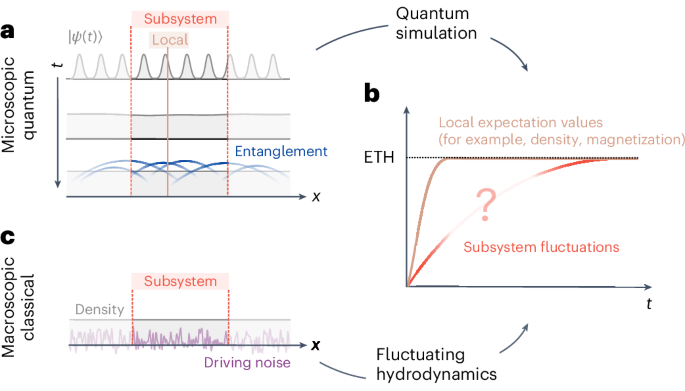2024-09-09 オークリッジ国立研究所(ORNL)
<関連情報>
- https://www.ornl.gov/news/chemical-chameleon-reveals-novel-pathway-separating-rare-earth-metals
- https://pubs.acs.org/doi/10.1021/jacs.4c07332
四座配位子のカメレオンのような挙動が特定のランタノイドを認識する Tetradentate Ligand’s Chameleon-Like Behavior Offers Recognition of Specific Lanthanides
Subhamay Pramanik,Bo Li,Darren M. Driscoll,Katherine R. Johnson,Barbara R. Evans,Joshua T. Damron,Alexander S. Ivanov,De-en Jiang,Jeffrey Einkauf,Ilja Popovs,and Santa Jansone-Popova,
Journal of the American Chemical Society Published: August 13, 2024
DOI:https://doi.org/10.1021/jacs.4c07332
Abstract

The surging demand for high-purity individual lanthanides necessitates the development of novel and exceptionally selective separation strategies. At the heart of these separation systems is an organic compound that, based on its structural features, selectively recognizes the lighter or heavier lanthanides in the trivalent lanthanide (Ln) series. This work emphasizes the significant implications resulting from modifying the donor group configuration within an N,O-based tetradentate ligand and the changes in the solvation environment of Ln ions in the process of separating Lns, with the unique ability to achieve peak selectivity in the light, medium, and heavy Ln regions. The structural rigidity of the bis-lactam-1,10-phenanthroline ligand enforces size-based selectivity, displaying an exceptional affinity for Lns having larger ionic radii such as La. Modifying the ligand by eliminating one preorganization element (phenanthroline → bipyridine) results in the fast formation of complexes with light Lns, but, in the span of hours, the peak selectivity shifts toward middle Ln (Sm), resulting in time-resolved separation. As expected, at low nitric acid concentrations, the neutral tetradentate ligand complexes with Ln3+ ions. However, the change in extraction mechanism is observed at high nitric acid concentrations, leading to the formation and preferential extraction of anionic heavy Ln species, [Ln(NO3)x+3]x−, that self-assemble with two ligands that have undergone protonation, forming intricate supramolecular architectures. The tetradentate ligand that is structurally balanced with restrictive and unrestrictive motifs demonstrates unique, controllable selectivity for light, middle, and heavy Lns, underscoring the pivotal role of solvation and ion interactions within the first and second coordination spheres.



